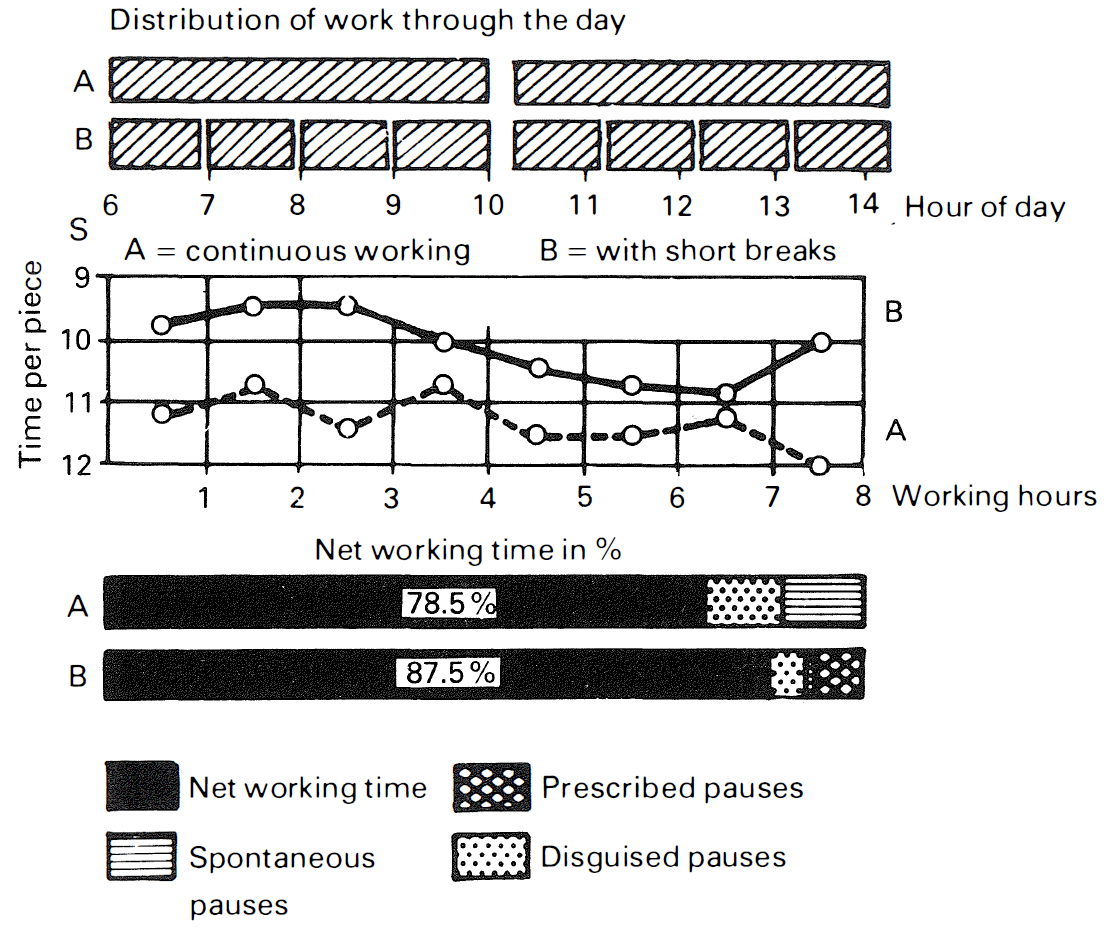
Figure 15.4 Effects of regular short breaks on the net working time
Rest breaks are biologically important
Military commanders have always known that a marching column should be halted once an hour because the time lost will be more than compensated for by a better performance by the men at the end of the march.
Rest pauses are essential, not only during manual work but equally during work that taxes the nervous system, whether by requiring manual dexterity or by the need to monitor a great many incoming sensory signals.
Encouragement helps
…since nobody can do either manual or mental work continuously without interruption.
…disguising pauses… often… do not provide sufficient relaxation because another activity is performed. For full effect, pauses should be taken openly.
Rest breaks increase learning
If training is interrupted frequently for short periods of relaxation, a new skill is acquired much more quickly than if training is continuous…
Rest pauses during training do more than just prevent fatigue: during rest pauses a trainee will look ahead and understand the process so that it becomes easier to acquire the automatic skills required. When a skilled operation is involved, the rest pauses provide additional periods for mental training.
More rest is needed later in the day
Figure 15.4 shows the results of a time study in the electrical industry where a highly skilled job on piece rate was performed. There were about three times as many pauses during the last three hours as during the first five, showing that the need for breaks in the work increased as the operator became more fatigued.
…rest pauses… should amount to 15 per cent of the working time. Often a ratio of 20-30 per cent is allowed and this is certainly necessary in some jobs.
Rest breaks increase production
Introducing organised rest pauses often actually speeds up the work and this compensates for the time lost during the prescribed pauses; it also reduces disguised and spontaneous pauses.
The hourly output of fatiguing work usually declines towards the end of the morning shift, and even more towards evening, as the rate of working slows down. …if prescribed pauses are introduced the appearance of fatigue symptoms is postponed and the loss of production through fatigue is less.
…rest pauses tend to increase output rather than to decrease it. Ergonomics attributes these effects to the avoidance of excessive fatigue or to the periodic relief of fatigue symptoms by an interval of relaxation.
Rest break recommendations
- For jobs demanding moderate physical or mental effort, there should be organised breaks of 10 to 15 min about halfway through the work periods before and after the longer (about 30 min) mid-shift rest period.
- A job making heavy mental demands, especially if it is timed work with little embedded rest, should have several short pauses of a few minutes’ length in addition to the organised breaks described under (1) above.
- When learning a skill or serving an apprenticeship, many pauses should be the rule, varying in rate and duration to suit the difficulty of the task.
- Supervisors should encourage their staff to make, and everyone at work should take, as many spontaneous breaks as needed to maintain attention, concentration, endurance and well-being. They should be open rather than disguised, frequent and of short duration. Don’t wait for fatigue, avoid it!
- Kroemer, Karl H. E., and Etienne Grandjean. Fitting the task to the human: a textbook of occupational ergonomics. 5th edition, CRC Press, 1997, pp. 246-250.